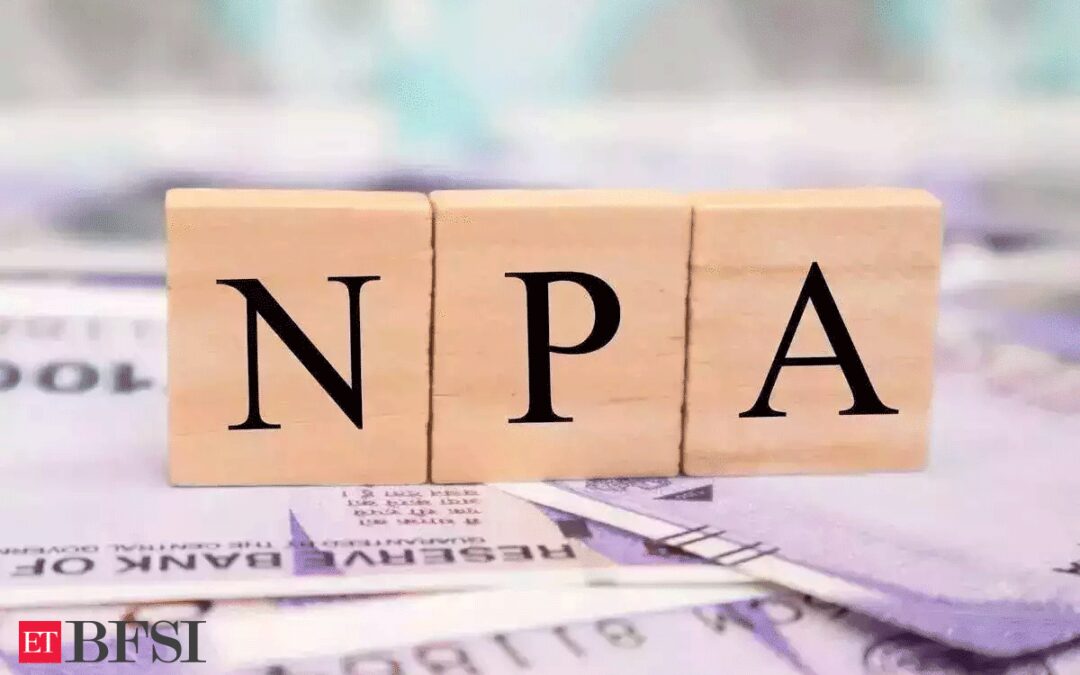Mumbai: Indian public sector lenders have been late entrants into credit cards, and the latest data on delinquencies and expenditures showed they remain relative stragglers in a revenue stream dominated by privately owned banks.
But, at the same time, the state-run players are learning the tricks of the trade – and have a very limited value at risk.
For PSU banks, non-performing assets (NPAs) of credit cards outstanding are the highest among all retail sub-sectors – at 11.3% – as of March 2024. The comparative figure is about 2% for private sector and foreign banks, Reserve Bank of India data showed.
But the good news is that these NPAs are contained in FY24 – lower than more than 15% recorded in March 2023.
“For public sector banks, credit cards are still not a focus area. In the case of many of them, there is no clarity on the period of free credit beyond which it is categorised as a loan – unlike in the case of private sector banks,” said a senior analyst with a rating agency. “Besides, many of them do not have the expertise to analyse the risks in this business requiring niche skills. Two of the largest players in the public sector operate their business through a subsidiary.”
Public sector banks have largely harnessed the retail boom in tier-II and tier-III cities to sell credit cards. At around ₹18,000 crore they accounted for 15% of credit card expenditure in May.
Of these lenders, only two majors – State Bank of India and Bank of Baroda – accounted for more than 80% of the card spending during the month, the latest RBI data indicated. Notably, these two banks conduct their credit card business through subsidiaries.
To be sure, the share of credit card outstanding – the amount due beyond the interest-free period – for public sector banks is only about 0.2% of their retail loan portfolio, compared with 9.1% in the case of private banks and 17.9% in the case of foreign banks, the RBI data showed.
Experts in the payments space say that the business requires specialised skills and success in the business revolves around the features and freebies designed to keep the customers on their rolls.
Here, demographics play a major role in gauging consumer preferences and needs.
“It is the younger population group in the age bracket of 20-30 years that has just started earning independently, and this segment gets attracted to credit card spending. This age group prefers the new-age bank products, and hence do not opt for credit cards offered by public sector banks that have a very limited number of features in terms of freebies and reward points,” said a banker, requesting anonymity.











